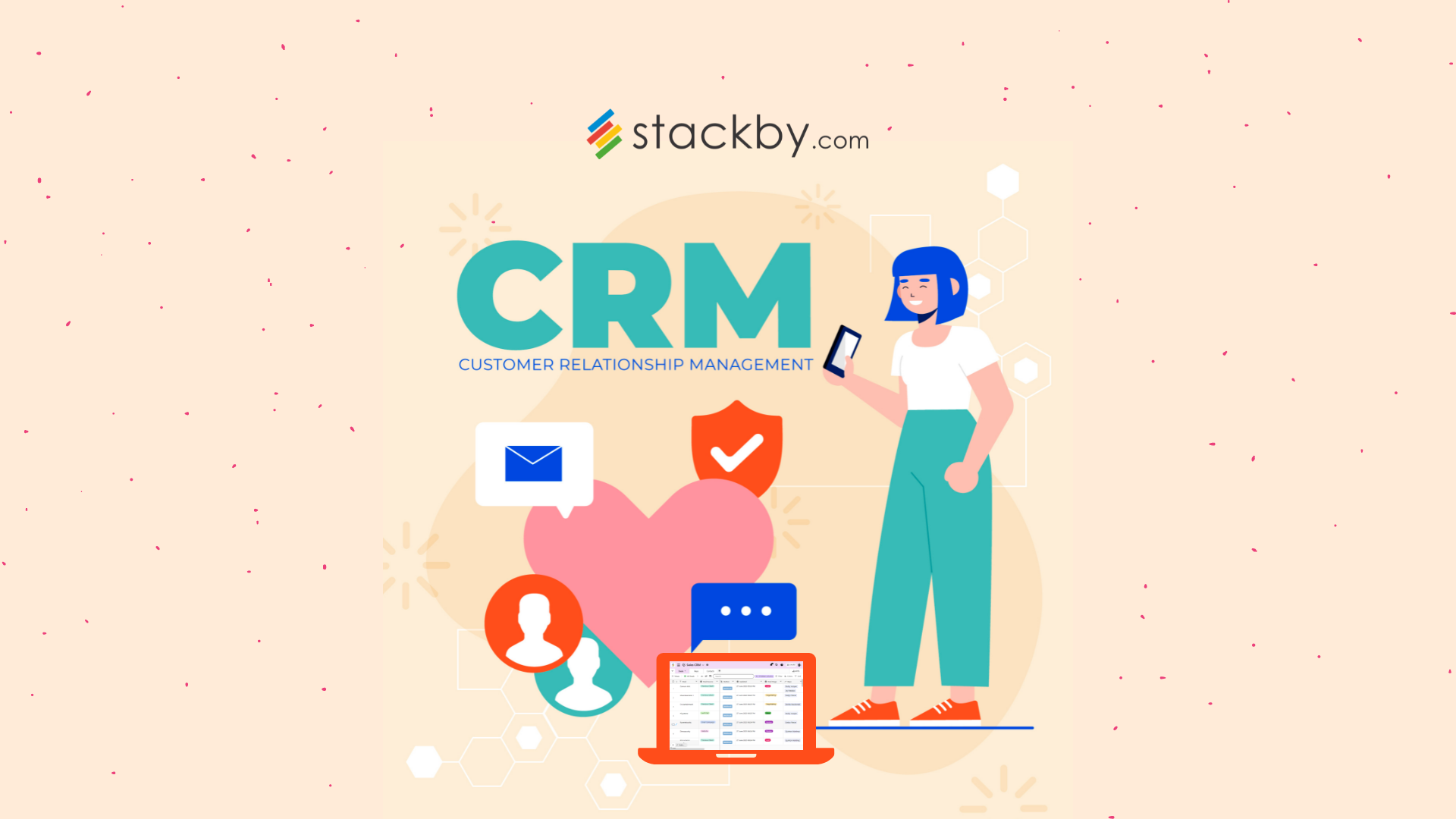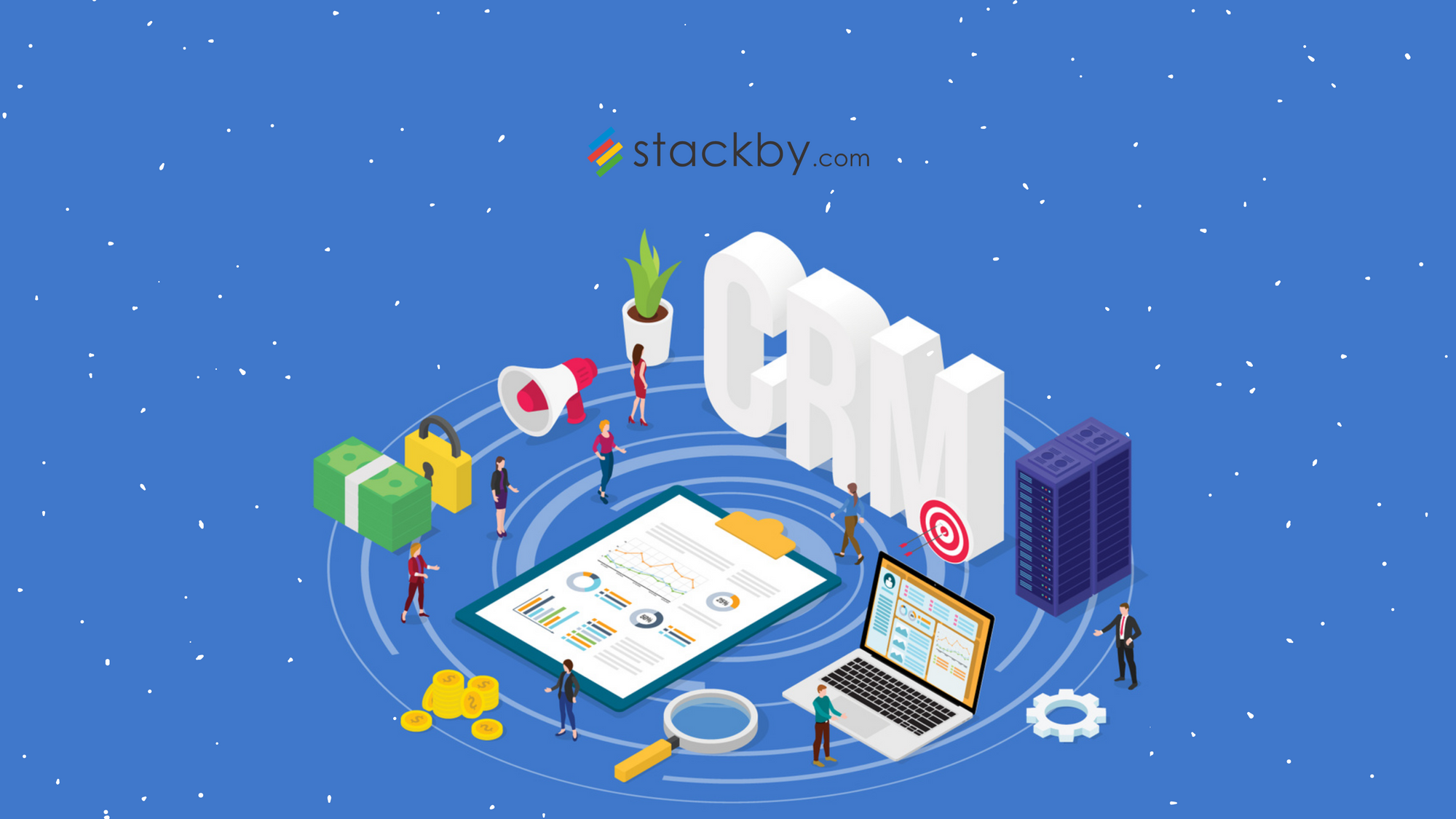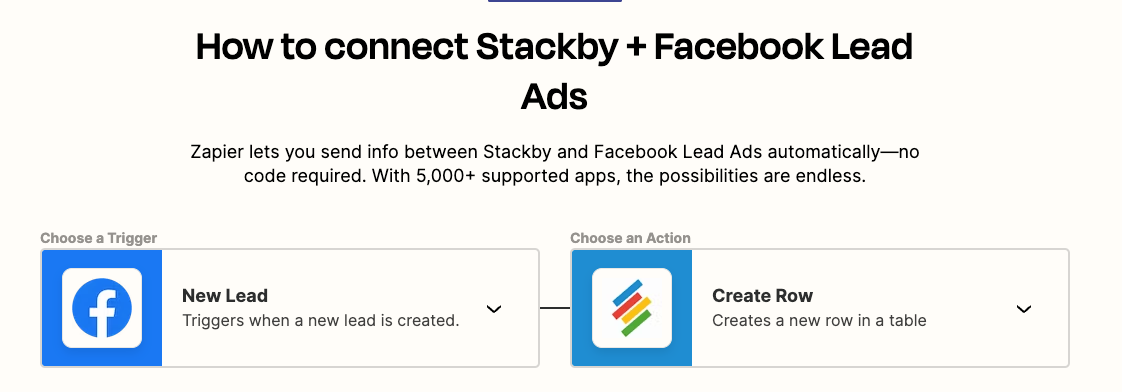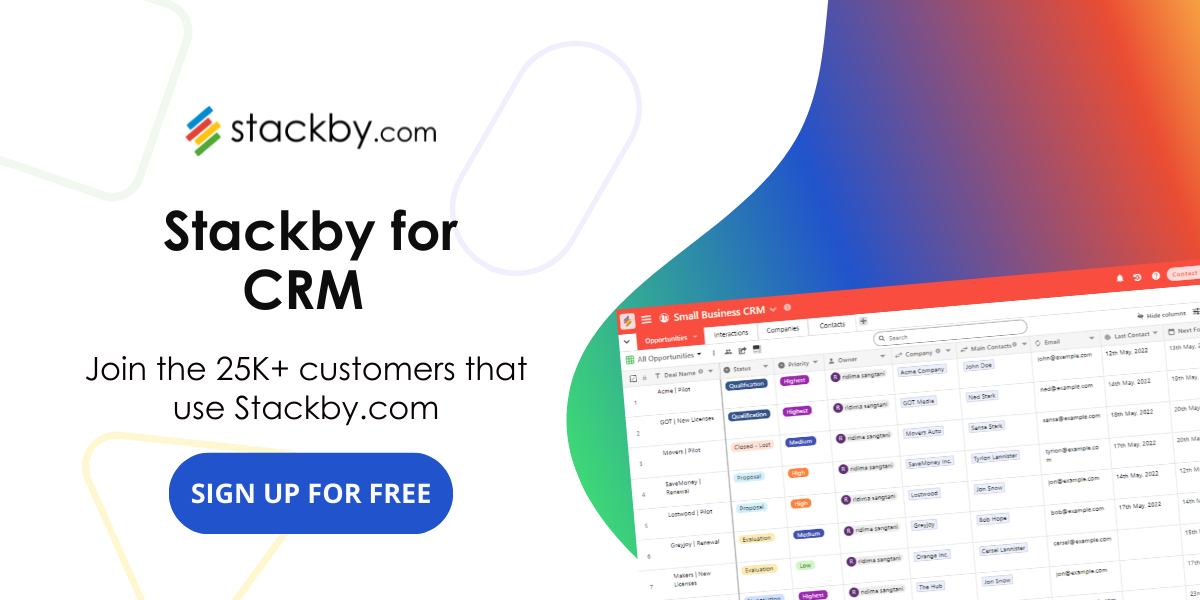How to Build and Manage your Custom Sales Pipeline
Manage your leads, contacts and opportunities by creating a custom sales pipeline for your business and track how your reps are performing.

How frequently do salespeople use the term "Sales Pipeline" to refer to new business opportunities?
Quite a few right?
We all know the infamous pain point that every sales team faces: managing and monitoring that puzzling, befuddling, and at times confounding sales pipeline. It’s like trying to go to the grocery store without a list.
Understanding what a sales pipeline is and how it might impact your income can be helpful in these situations.
This article explains how to create a sales pipeline to assist in moving potential clients from attraction to action. Basically, it's an attempt to better understand what customers want so that you can target your sales strategy and increase earnings.
What is the Sales Pipeline?
At its core, a sales pipeline is a visual representation of your sales process, divided into various stages. It enables you to follow and manage your leads as they transform from potential customers to actual paying clients. Consider it a roadmap that leads you through each phase of the sales process and makes sure you don't miss any possibilities.
Just like a tennis player strategizing their shots, the recent Wimbledon tournament showcased the importance of a well-executed game plan. Similarly, a well-managed sales pipeline helps you ace your sales efforts and secure victories in the competitive market.
Difference between Sales Pipeline and Sales Funnel
While the sales funnel vs pipeline debate often arises, it's crucial to recognize how each plays a distinct role in shaping your sales strategy. Understanding the difference between a sales pipeline and a sales funnel is important for managing sales. Although many misunderstandings between the two names, actually refer to different aspects of the sales process.
Sales Pipeline:
- Think of the sales pipeline as a visual representation of the different stages a potential customer goes through before making a purchase.
- It involves a set of processes or actions salespeople carry through to get clients a little closer to finishing a deal.
- From the first point of contact to the last sale, the pipeline assists in managing and tracking leads to make sure no chances are missed.
Sales Funnel:
- On the other hand, the sales funnel is more about the overall process of attracting, nurturing, and converting leads into customers.
- A wider range of marketing and sales techniques are included in the funnel in order to raise potential consumers' knowledge, interest, and involvement.
- It shows the path a prospect takes starting with the awareness stage and gradually getting more focused until they are ready to make a purchase choice.

In conclusion, the sales funnel includes the complete client acquisition process from start to end, whereas the sales pipeline focuses on the particular actions and development of individual leads.
The Benefits of Having a Sales Pipeline
The benefits of having a clearly defined sales pipeline are numerous. It offers clarity, improves sales forecasting clarity, fosters better teamwork, and aids in locating process bottlenecks.
According to a study by the Harvard Business Review, companies with effective sales pipeline management experienced a 5.3, a 15% increase in revenue growth compared to those without a defined pipeline.
- Sales teams may simply follow their progress thanks to the clear and organised view of all possible opportunities provided by sales pipelines.
- Resources may be distributed more wisely with the help of a structured pipeline, ensuring that sales efforts are concentrated on the most promising leads.
- Sales pipelines make it possible to predict income accurately, assisting firms in planning and making wise decisions.
- A clearly defined pipeline makes it easier for team members to communicate, ensuring that everyone is aware of leads and deals.
- A sales pipeline enables sales staff to stay in constant contact with leads, fostering deeper bonds and raising client satisfaction.
- Businesses can find bottlenecks and opportunities for improvement in their sales process by examining the pipeline.
Steps to Build a Custom Sales Pipeline
Building a custom sales pipeline tailored to your business is essential. Here are the 5 key steps to get you started:
1) Define your ideal customer profile:
Understand who your target customers are, their characteristics, and needs, so you can focus your efforts on attracting and engaging the right prospects.
2) Identify and prioritise lead sources:
Determine the channels and techniques you may use to produce potential leads, and then rank them according to their efficiency and relevance to your business.
3) Map out the stages of your sales process:
To ensure a clear and organised method of advancing leads through the pipeline, split your sales process into separate phases, such as prospecting, qualifying, presenting, and selling.
4) Set clear criteria for advancing leads through the pipeline:
To ensure that your sales staff concentrates their efforts on leads with the highest potential, establish specific criteria or steps that must be taken for a lead to move forward from one stage to another.
5) Implement a CRM system to track and manage your pipeline:
To better organize and manage your pipeline, use a customer relationship management (CRM) system to centralize your sales data, track leads, and manage interactions.
6) Continuously analyze and optimize your pipeline based on performance data:
Review and analyze your sales pipeline's data on a regular basis to spot obstacles, areas for development, and chances for improvement. This will help you decide what to do next and enhance your sales process.
Building a sales pipeline is like constructing a bridge to your customers. Each stage represents a sturdy pillar, supporting the journey from prospect to conversion.
How to manage your Sales Pipeline
Consider yourself a salesperson trying to close transactions, manage several clients, and maintain goals. It can feel overwhelming, right? Effective sales pipeline management could help with that. You can keep track of potential customers and improve your chances of turning them into loyal consumers by organizing and tracking your sales process.
1: Qualify your leads
Just like a detective investigating a case, you need to qualify your leads thoroughly. Don't waste time with customers who aren't a suitable fit for your products or services. Determine if your product meets their needs by asking relevant inquiries, understanding them, and figuring out what they need.
2: Keep it organized with a CRM tool
For efficient management, keeping the sales pipeline unclutter is important. Your hidden weapon may be a customer relationship management (CRM) tool. You can maintain track of your leads' contact details, conversations, and progress through the sales process.

3: Follow-up
Persistence pays off in sales, but it's essential to follow up in a thoughtful and timely manner. Don't be too pushy or aggressive, as it can turn prospects away. Instead, be genuinely interested in their needs, provide value, and offer solutions. If you're in mid-market or enterprise sales, you may also need to consider a multithreading approach to build deeper ties into your target account.
4: Analyse and optimise your pipeline regularly
To make the most of your sales pipeline, it's crucial to analyse and optimise it regularly. Look for bottlenecks, identify areas for improvement, and make data-driven decisions. By tracking key metrics like conversion rates, average deal size, and sales cycle length, you can uncover valuable insights.

5: Foster collaboration and communication
Managing a sales pipeline is not a solo endeavour. It requires collaboration and effective communication within your sales team. Share insights, best practices, and success stories to learn from each other. Sales teams can opt to use sales content management software.
Hence, Effective management of sales pipelines is crucial for businesses to achieve consistent growth and optimize their sales processes.
Creating a Sales Pipeline with Stackby:
Stackby, a leading database management tool, provides a simple solution for building and managing your sales pipeline. With its user-friendly interface and customizable features, Stackby simplifies your sales process, empowering you to track leads, collaborate with your team, and gain valuable insights to drive revenue growth.
Here are the simple steps to create a customized sales pipeline using Stackby:
Step 1:
Open the Stackby website and sign in to your Stackby account or create a new account if you don't have one already.
Step 2:
Add the 'Sales Pipeline' template to your workspace.
Step 3:
Create right tables (add table names) to define your sales pipeline and add relevant information to it.
Step 4:
Create lead forms in Stackby to bring leads automatically in your tables or even bring leads from your Facebook Ads Lead forms or Google Ads Lead forms directly in your tables via Zapier.
Or you can connect Facebook Lead Ads via Zapier to bring information in Stackby automatically as new rows.

Step 5:
Collaborate with your team and create different filtered views for each of your team members and only give them access to that.
Step 6:
Link across tables & use aggregation to measure the right KPIs across your deals and team members.
Step 7:
Step: Create multiple Kanban (pipeline) views for your leads to move through their different stages .
Step 8:
Create real-time sales pipeline dashboards using Charts, Pivot Tables, Summary boxes and more.
Video Guide:
Check out this quick step-by-step tutorial on how to build and manage your custom Sales Pipeline for your business using Stackby.
Conclusion:
A well designed and maintained sales pipeline is a game-changer in the tough business environment of today. It gives you the ability to improve conversions, boost revenue development, and simplify your sales process. You may up your sales game by using technologies like Stackby, customising your processes, and understanding the stages of a sales pipeline.
"Don't put all your eggs in one basket." Diversify your lead sources and distribute them across the stages of your sales pipeline to minimise risk and maximise opportunities.

Sign up for free on Stackby today and create your custom sales pipeline in minutes. We guarantee.



![A Simple Guide on Workflow Management Software [Updated 2025]](/blog/content/images/size/w960/2021/12/work-management-blog.png)


